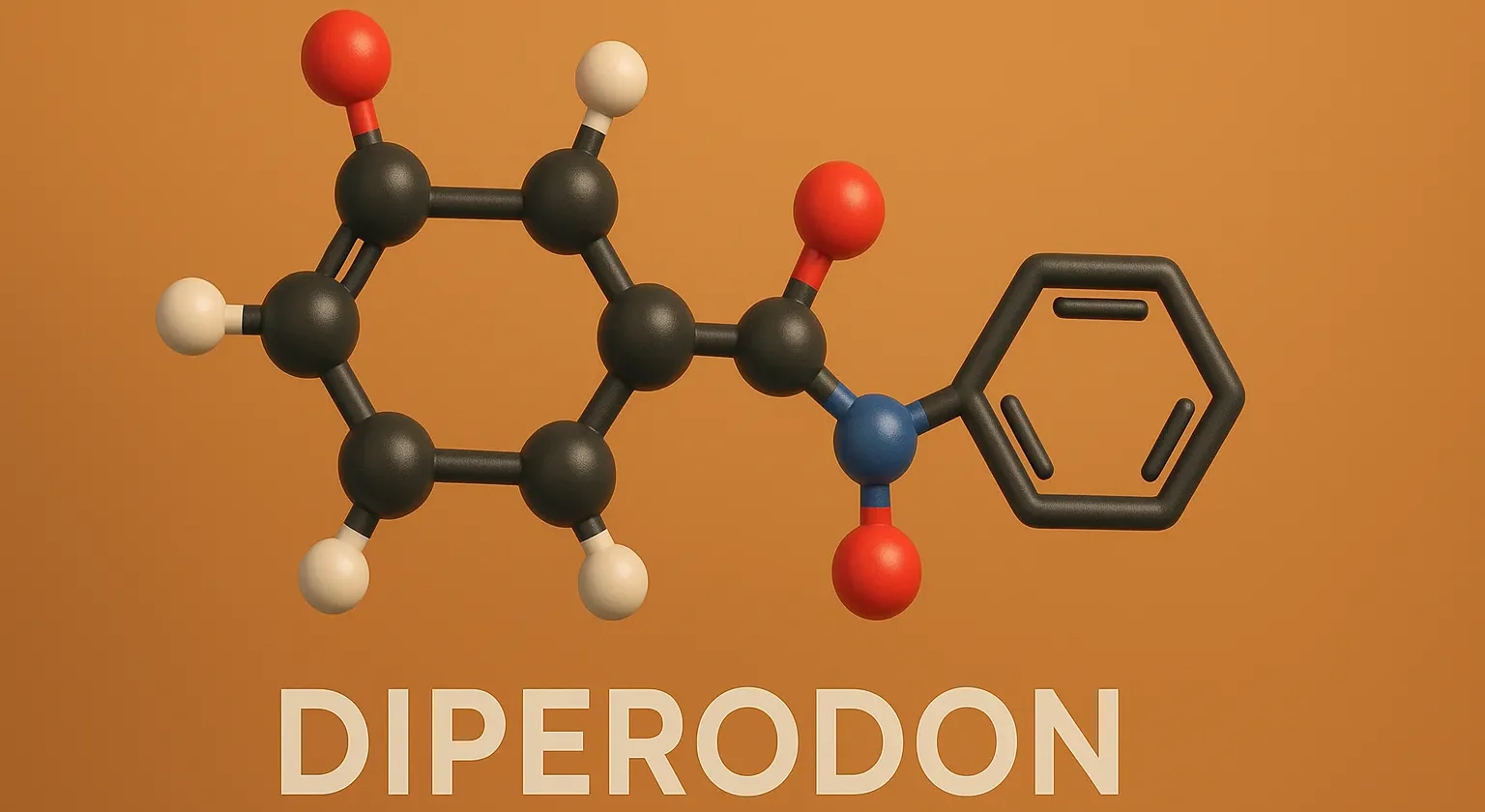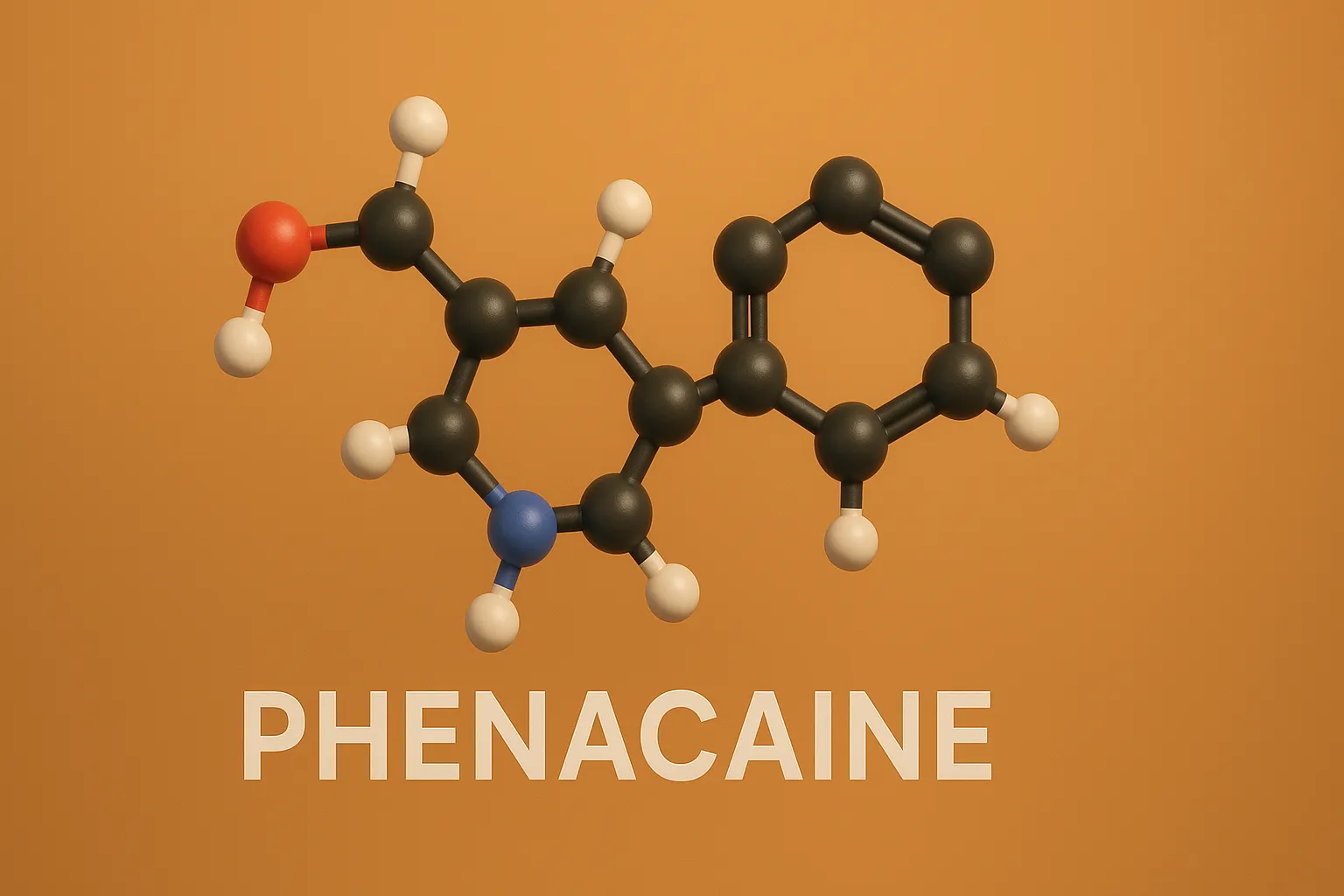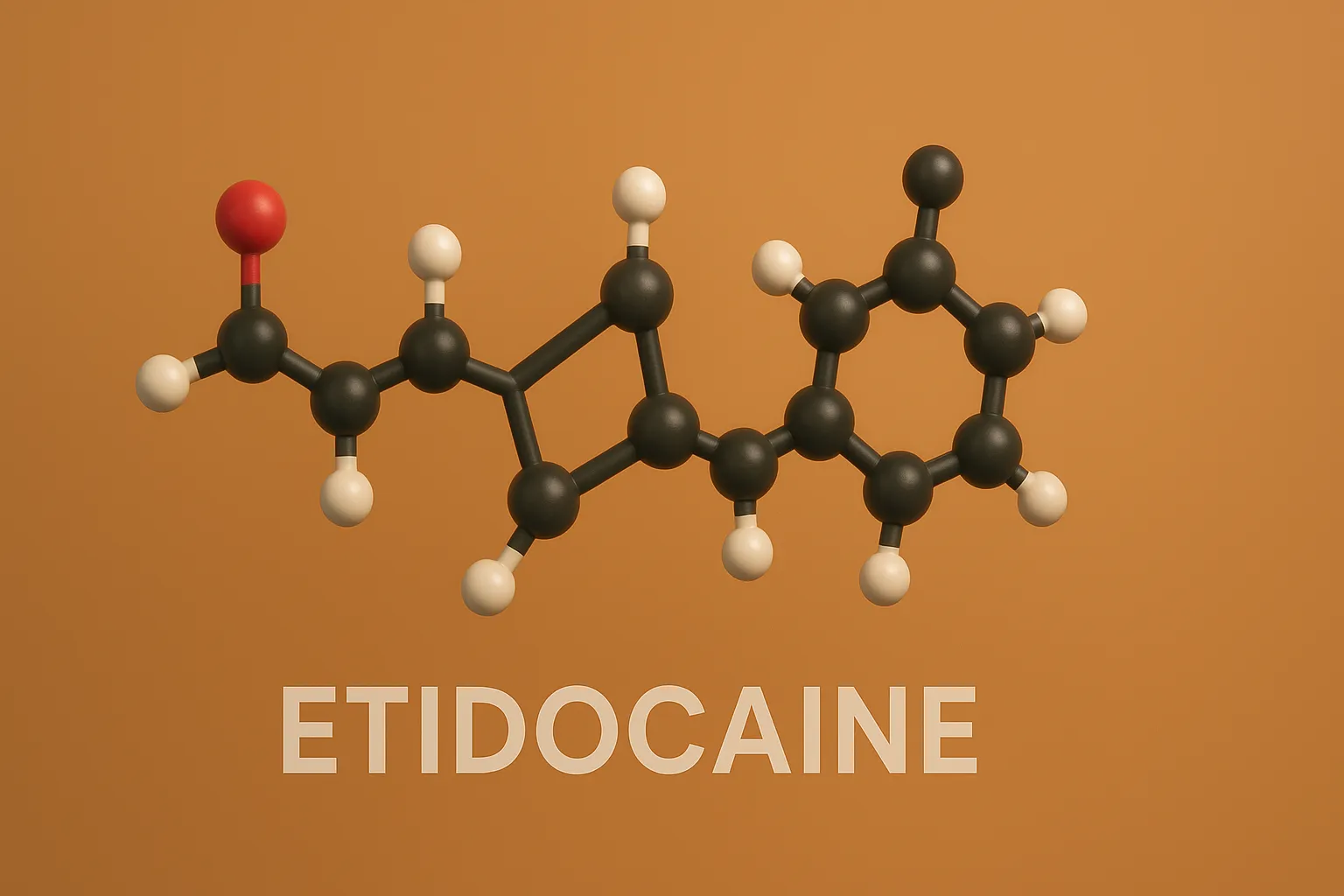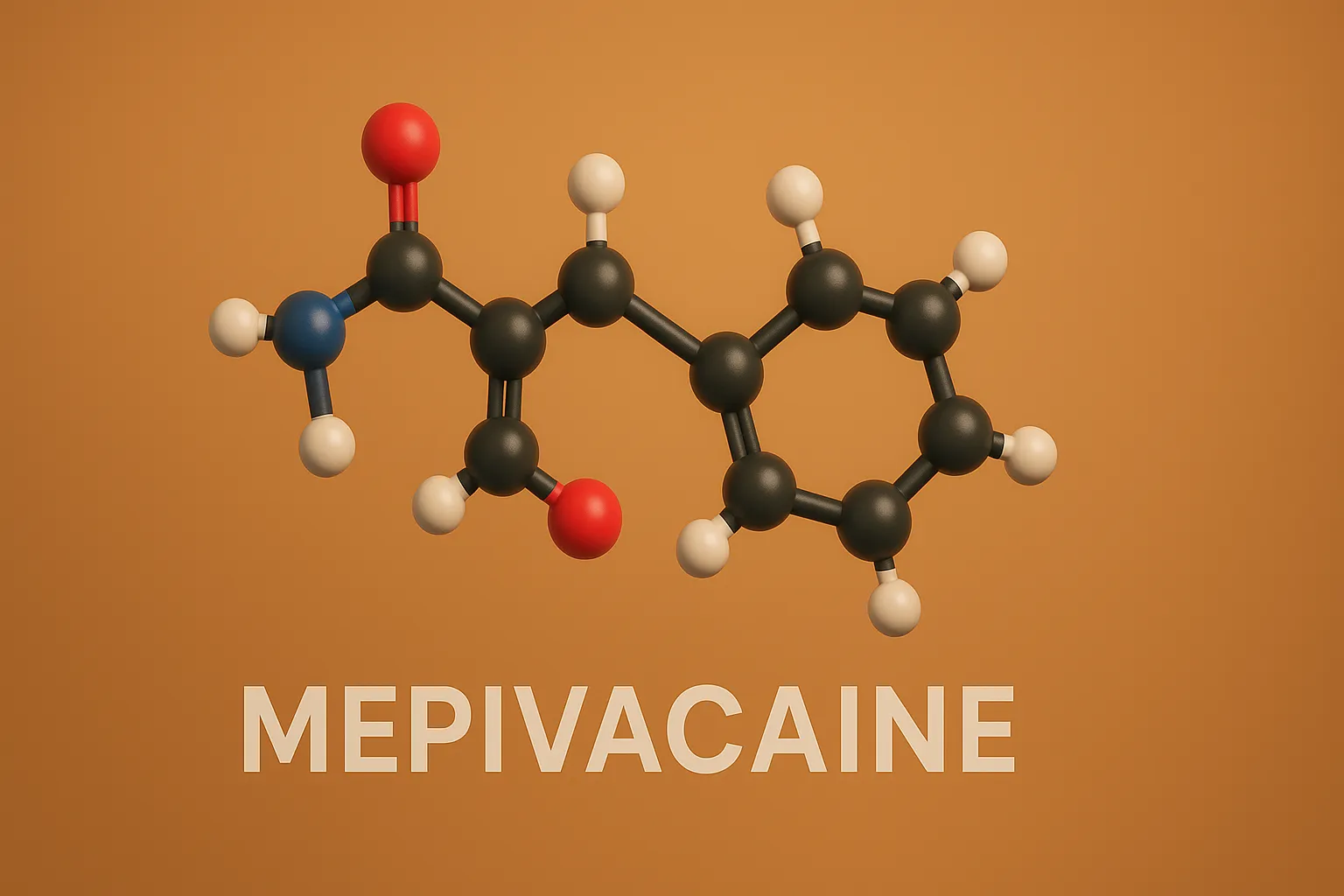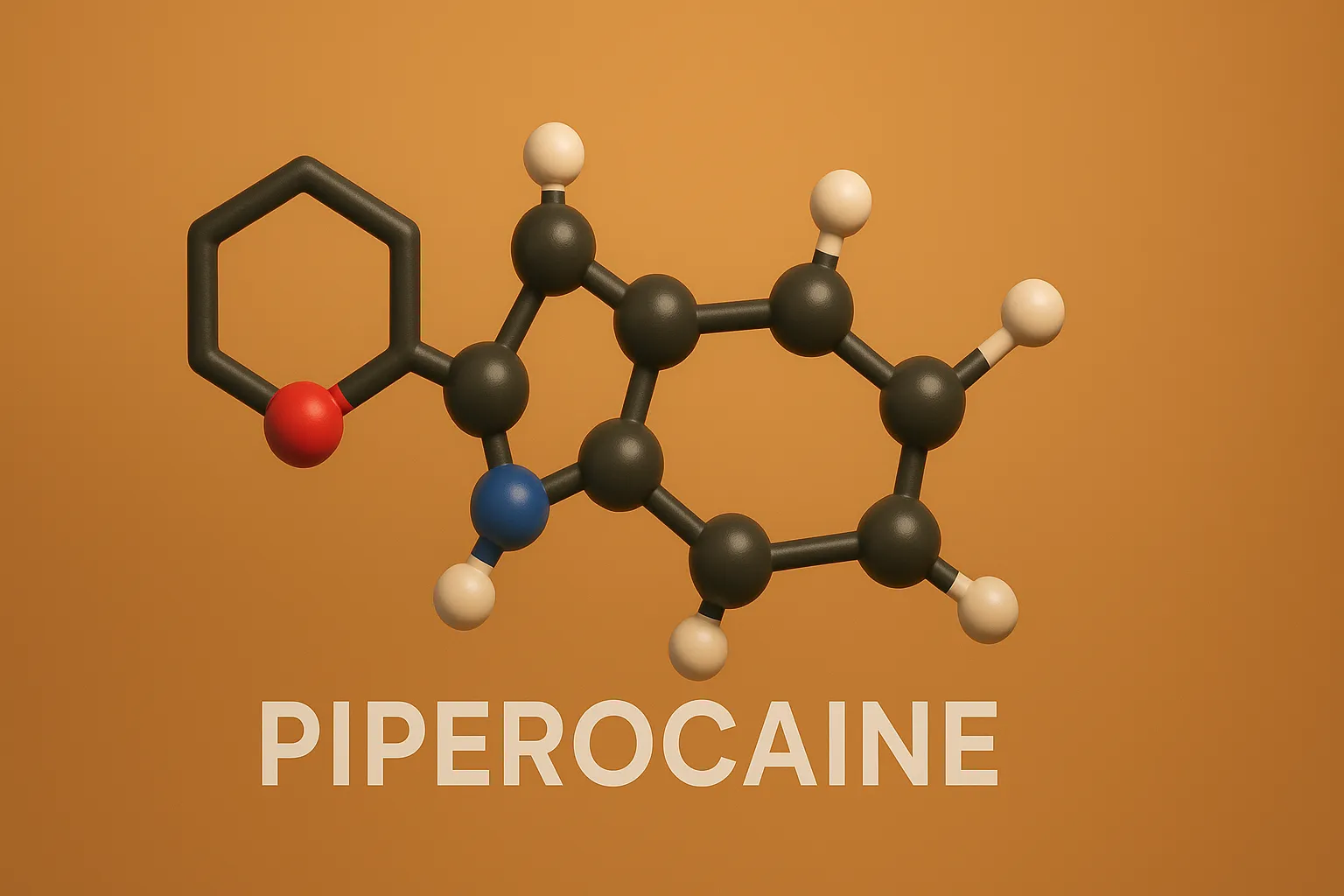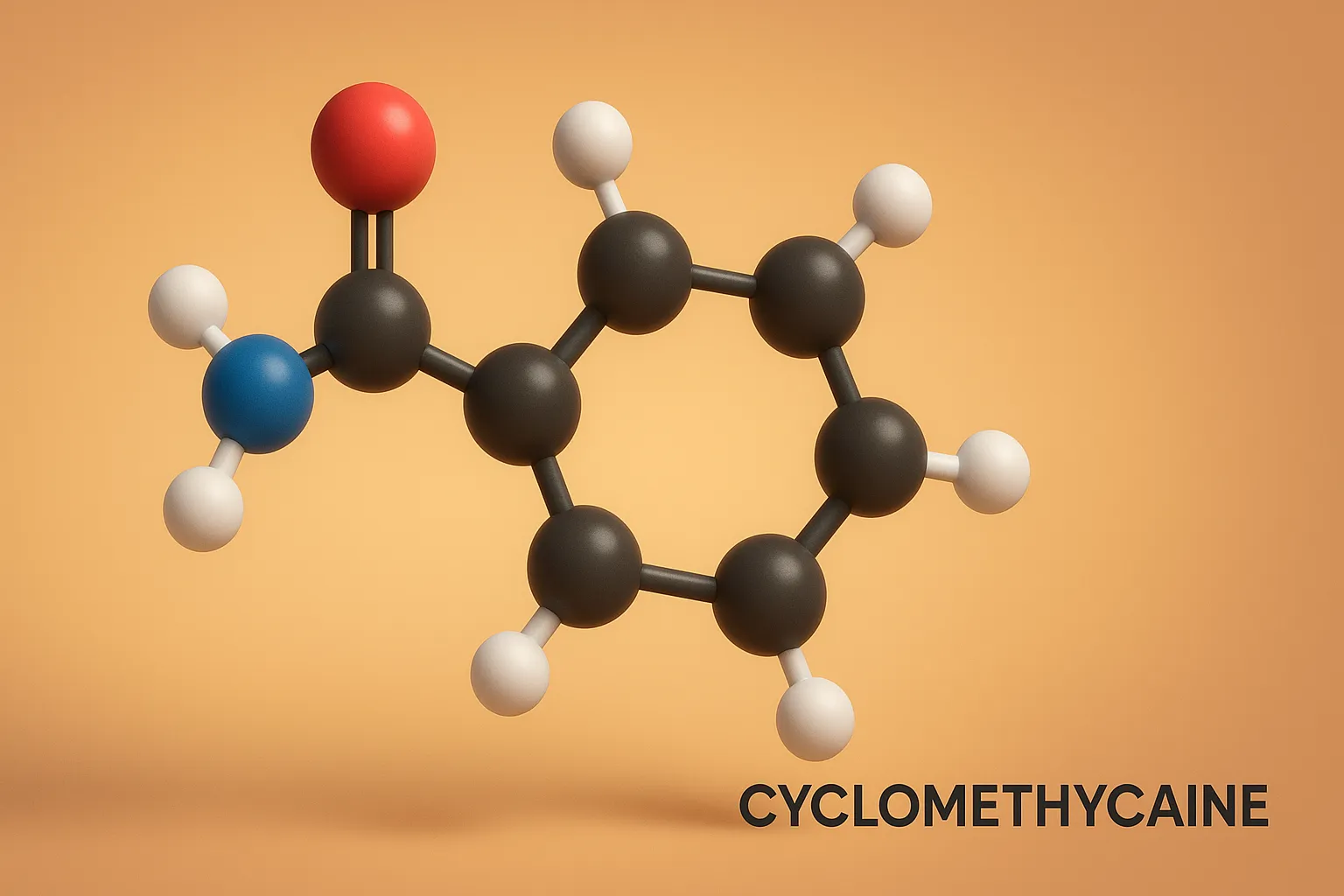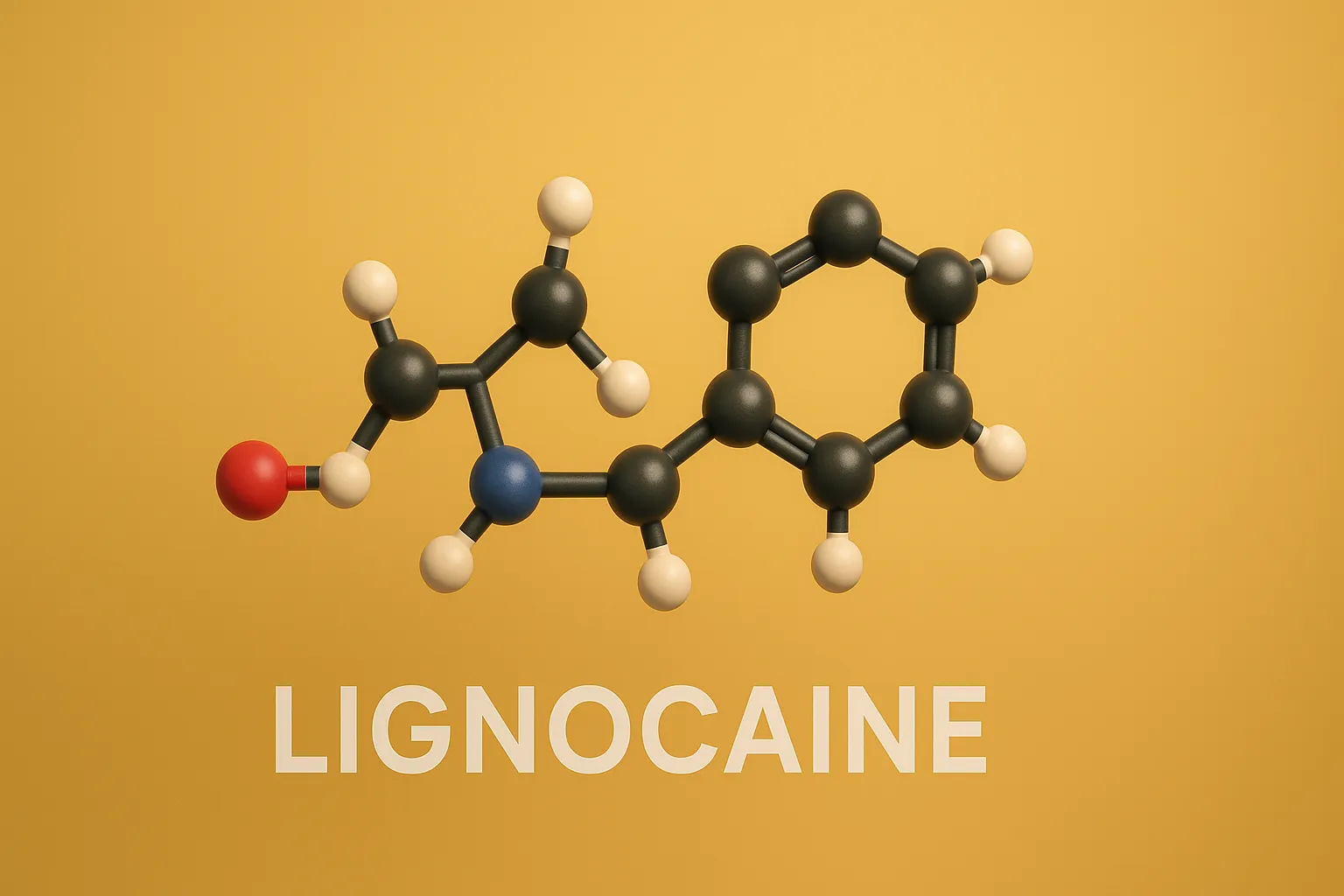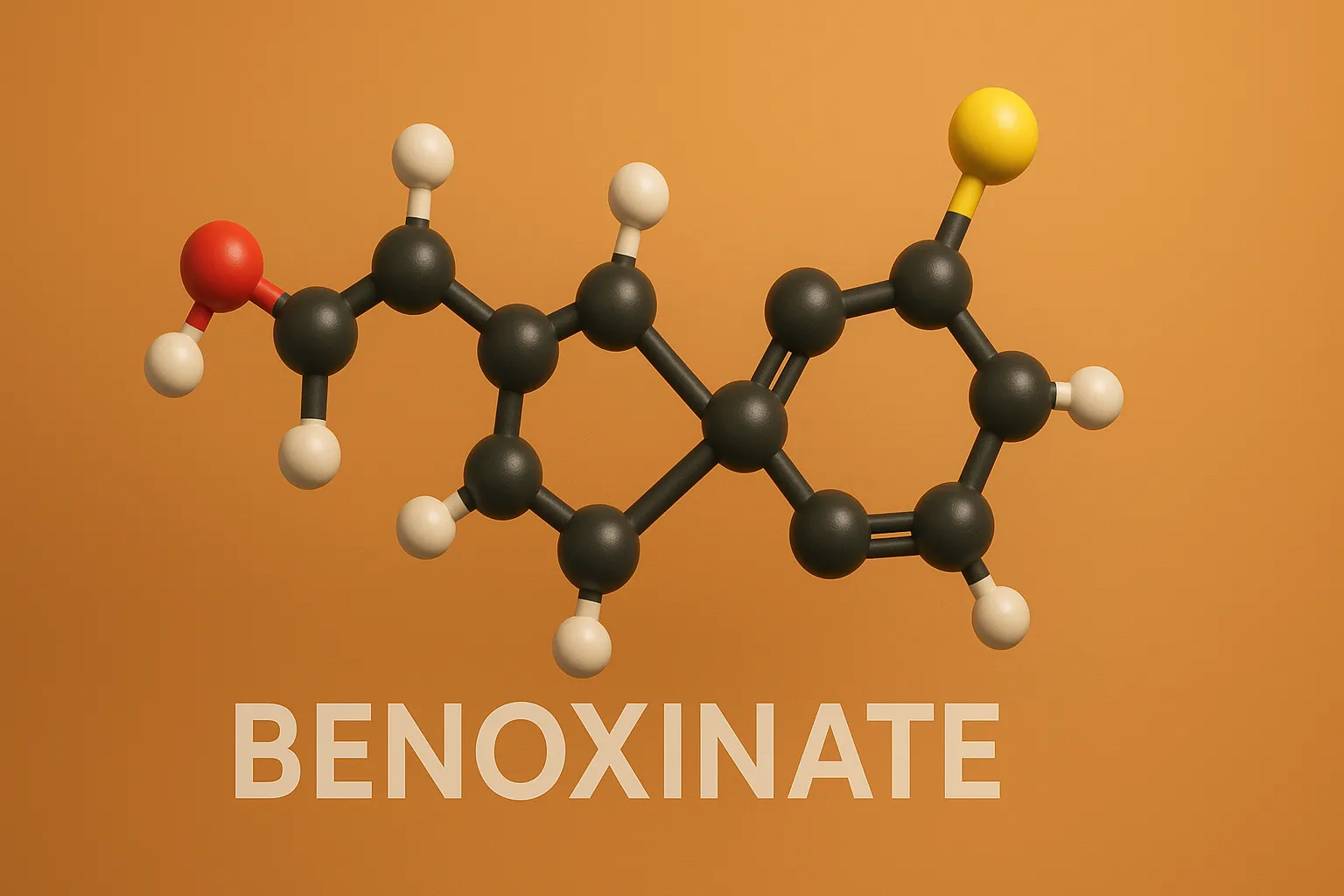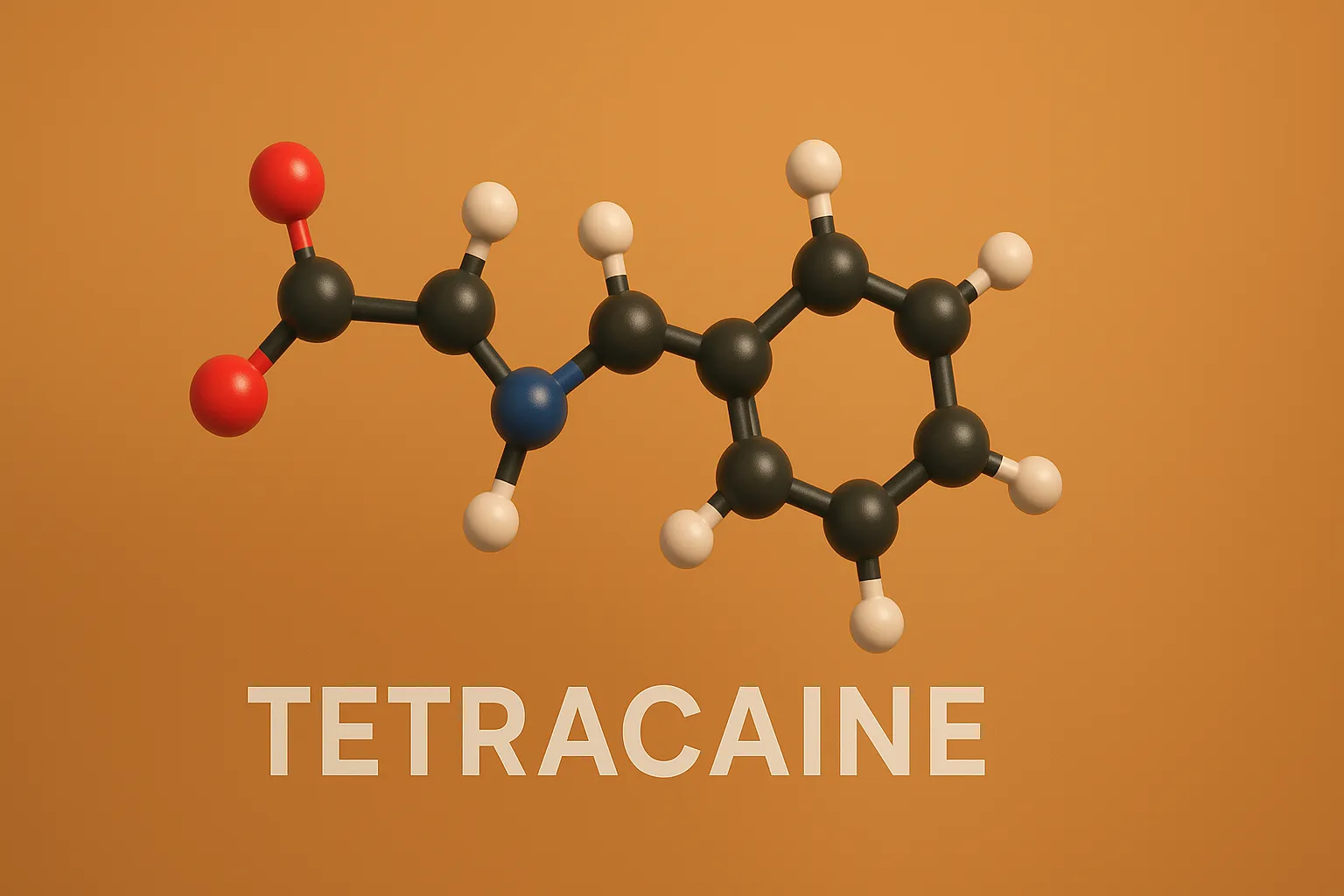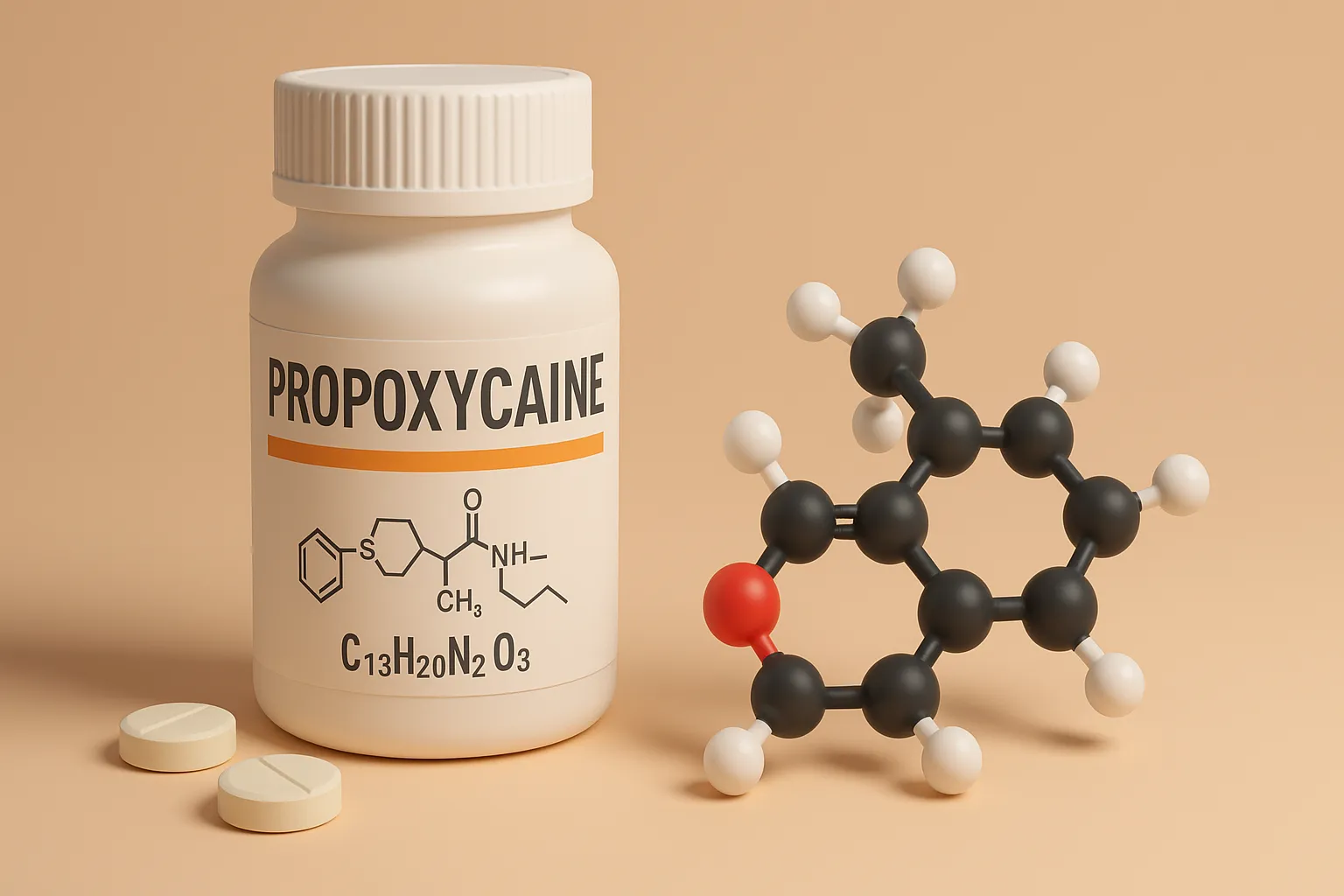Diperodon
Diperodon is a local anesthetic applied topically in ophthalmology and dentistry to numb mucous membranes. Structure of Diperodon It is a synthetic amino benzoic acid derivative with a cyclohexylmethyl substituent, enhancing its local anesthetic potency. Chemical Formula: C₁₀H₂₀N₂O₂ Mode of Action Voltage-Gated Sodium Channel Inhibition: Blocks sodium influx, preventing nerve impulse transmission. Membrane Stabilization: Reduces … Read more

